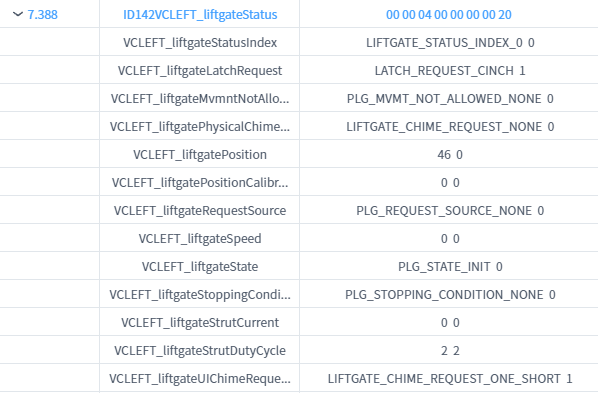Trace
The Trace window provides an interface for viewing and exporting data. Users can save data through buttons on the toolbar for further analysis or archival purposes.
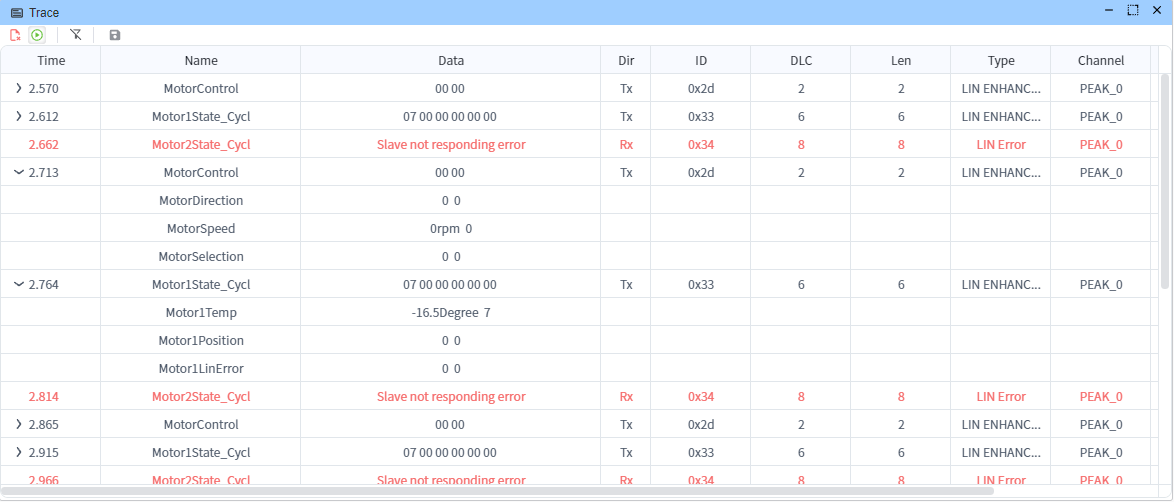
INFO
Currently, Trace has a maximum storage capacity of 50,000 entries. When this limit is exceeded, the oldest data will be automatically deleted.
Overwrite Mode
Use below button to switch between overwrite mode and scroll mode. 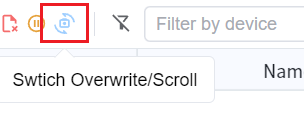
In overwrite mode, the Trace window will overwrite the oldest data when the maximum storage capacity is exceeded. 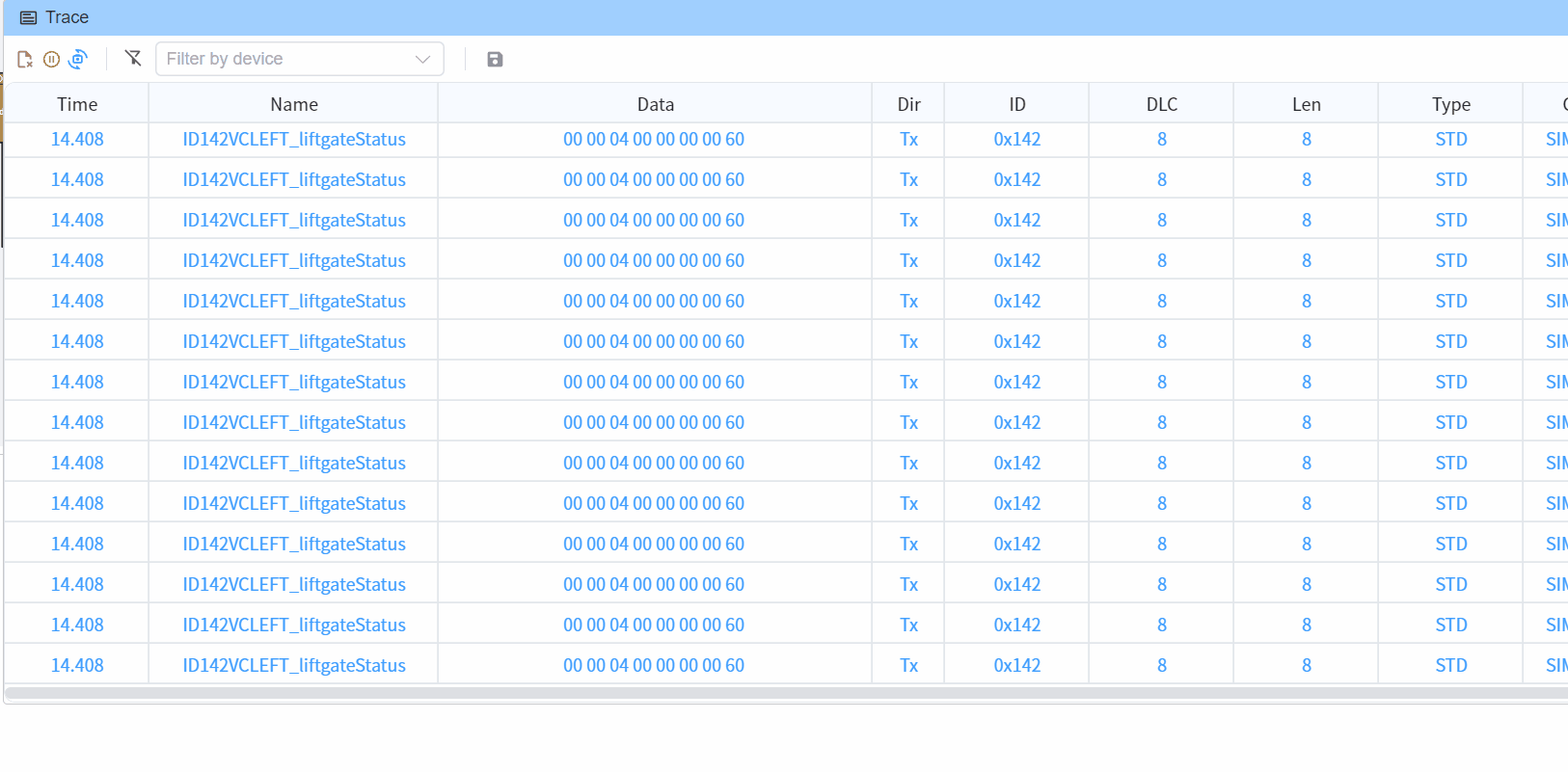
Filter
Filter By Device
The Trace window supports filtering by device, signal name, and signal value.
NOTE
Selecting all devices or no devices has the same effect.
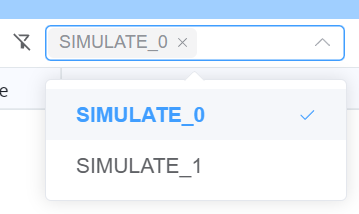
Filter By Message Type
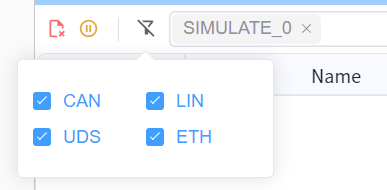
- CAN - Receive CAN-related data
- LIN - Receive LIN-related data
- UDS - Receive UDS-related data
- ETH - Receive Ethernet-related data
Supported Export Formats
- Excel - Export data in Microsoft Excel format
- ASC (ASCII) - Export data in ASCII format, compatible with various CAN analysis tools
- Feature Request
Column Information
The Trace window typically includes the following columns:
- Timestamp: Displays the precise time when the event occurred
- Name: Represents the frame signal name that triggered the event
- Signal Value: Shows the current value of the signal
- DIR (Direction): Indicates the signal direction (Tx for transmit, Rx for receive)
- ID: Represents the signal identifier
- DLC (Data Length Code): Shows the data length code
- LEN (Length): Displays the actual data length
- Type: Indicates the signal type (e.g., boolean, integer, float)
- Channel: Shows the communication channel number
- Device: Displays the device name
When the corresponding hardware channel is bound to a database, these column information helps users quickly understand and analyze the system's operating state.
INFO
Signal values within frames can only be viewed when the Trace window is paused
LIN Signal Display

CAN Signal Display
